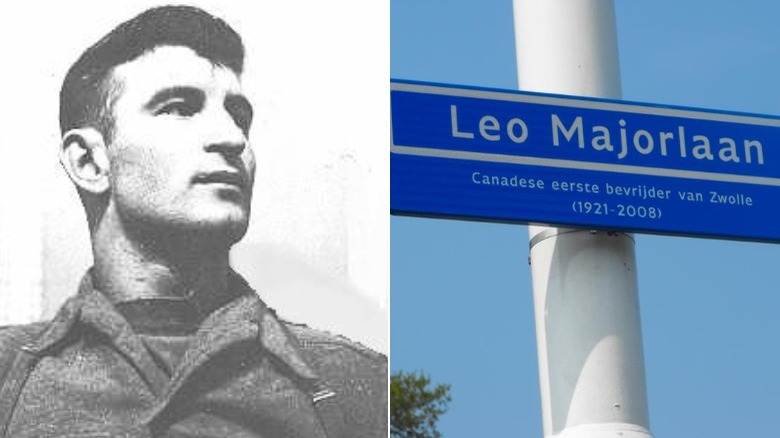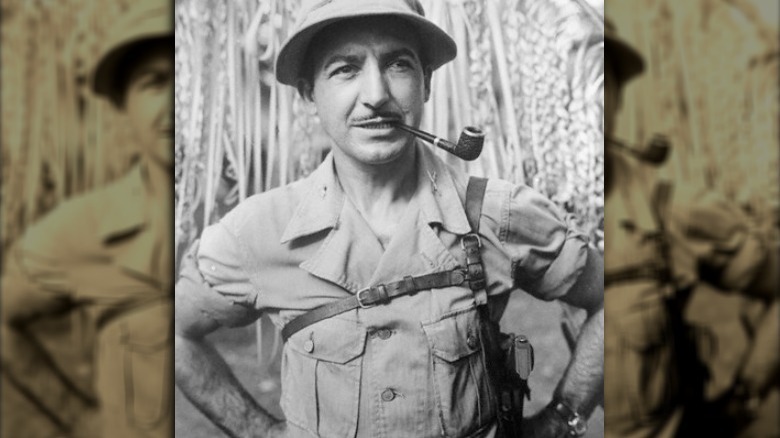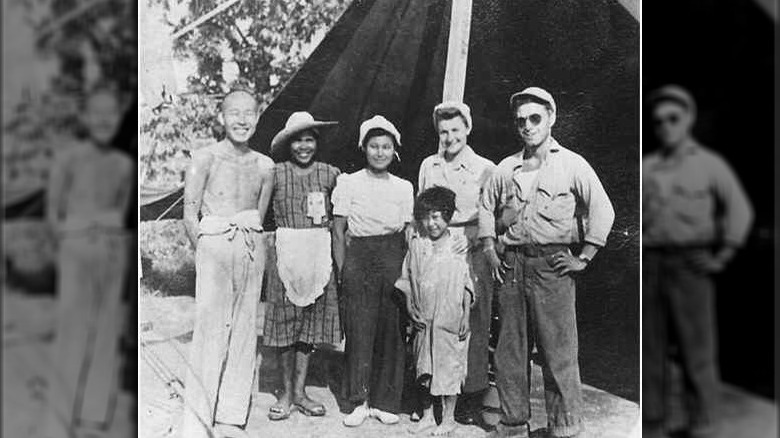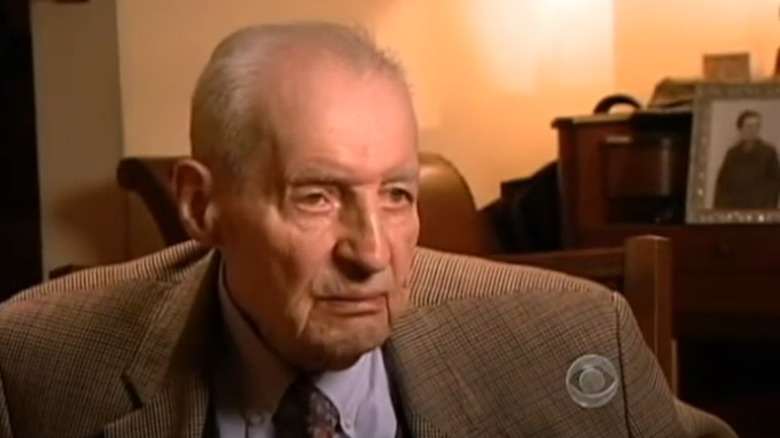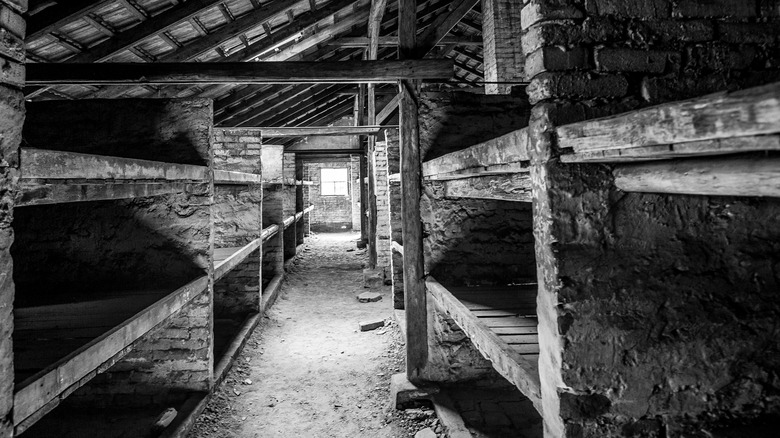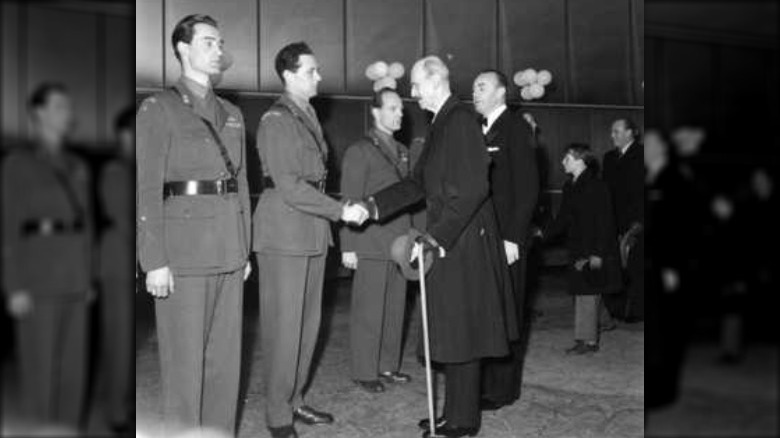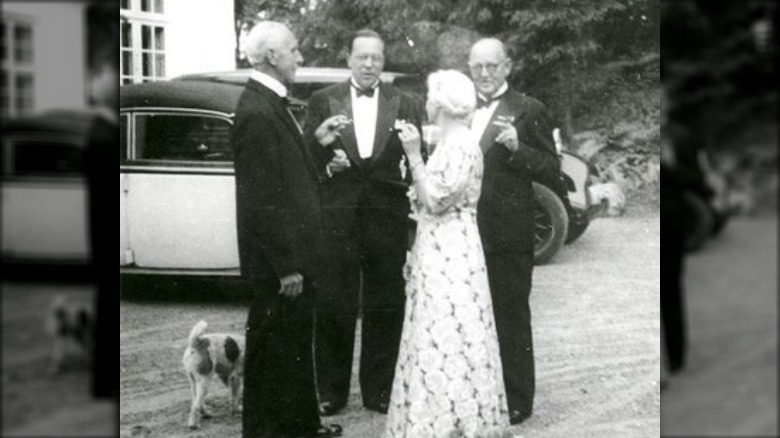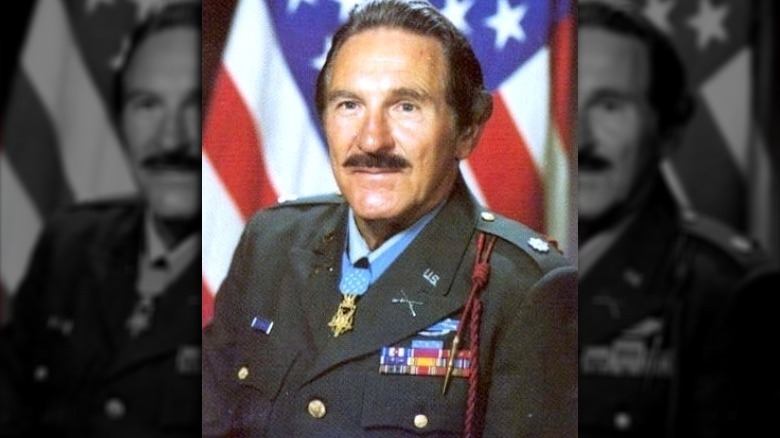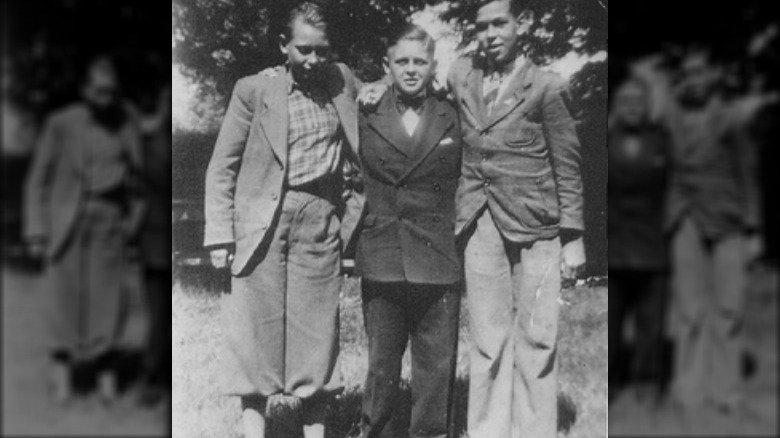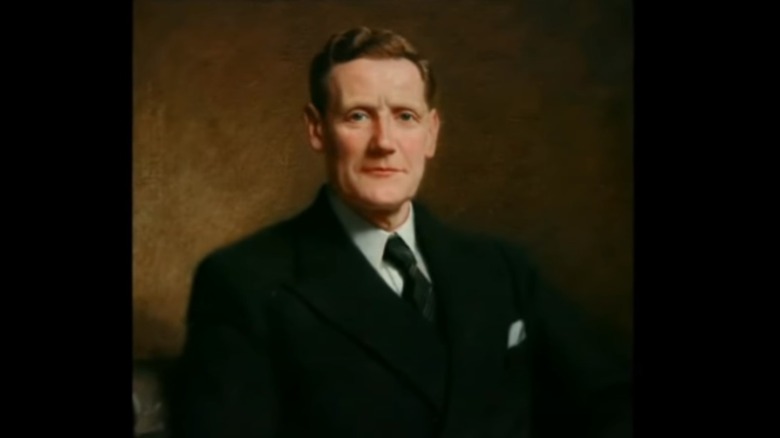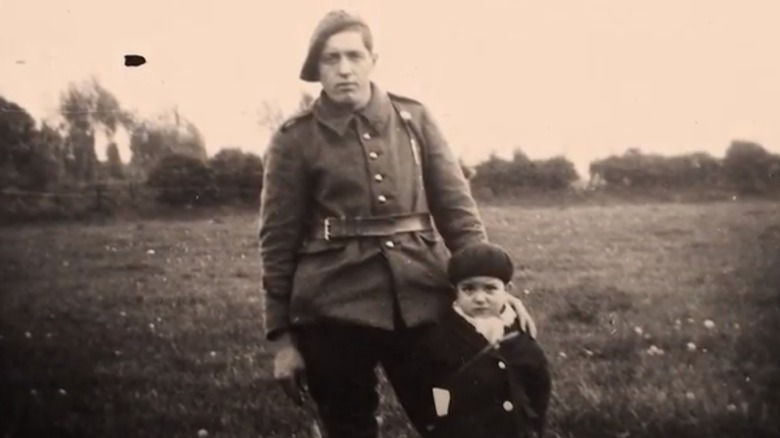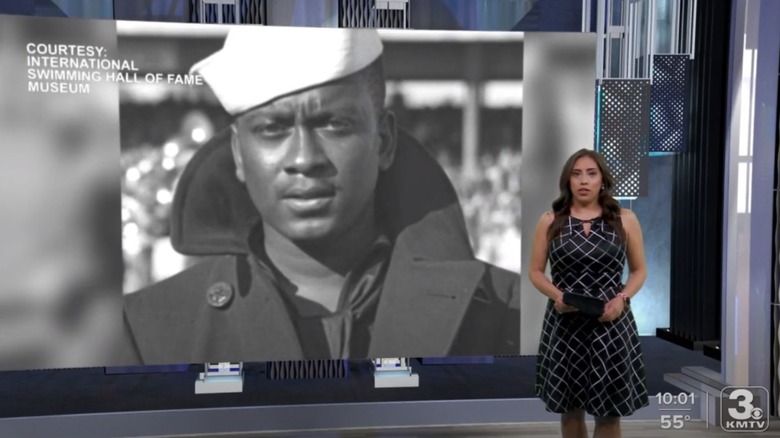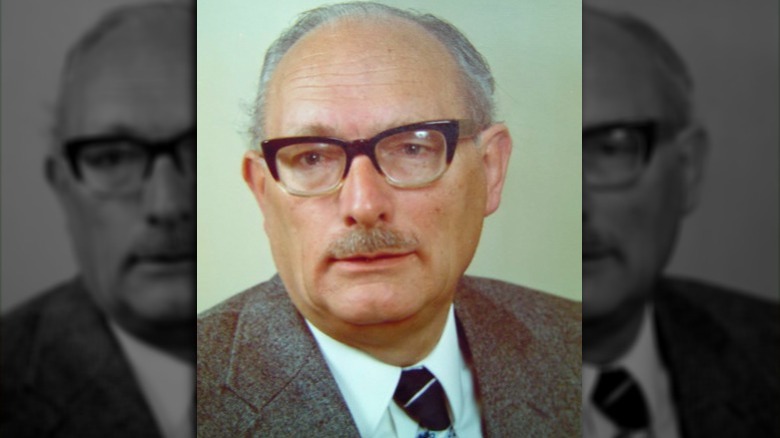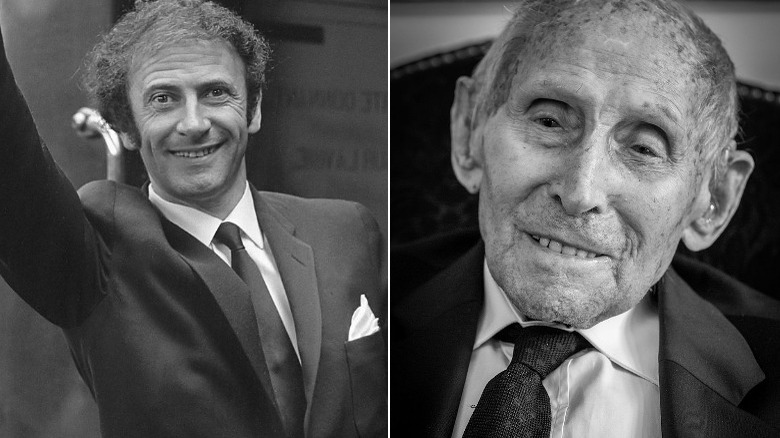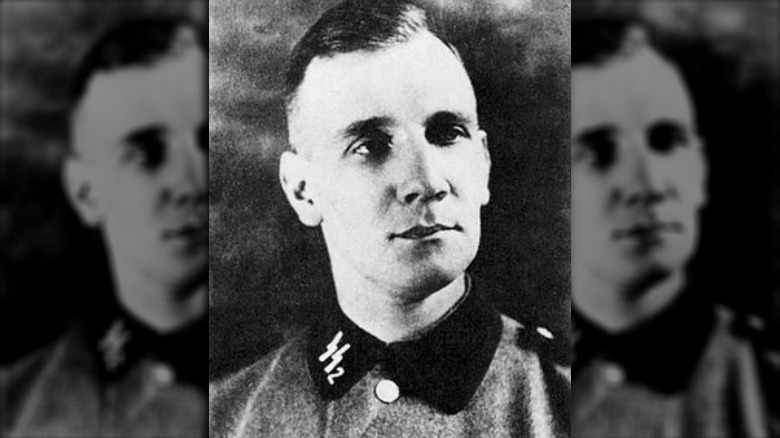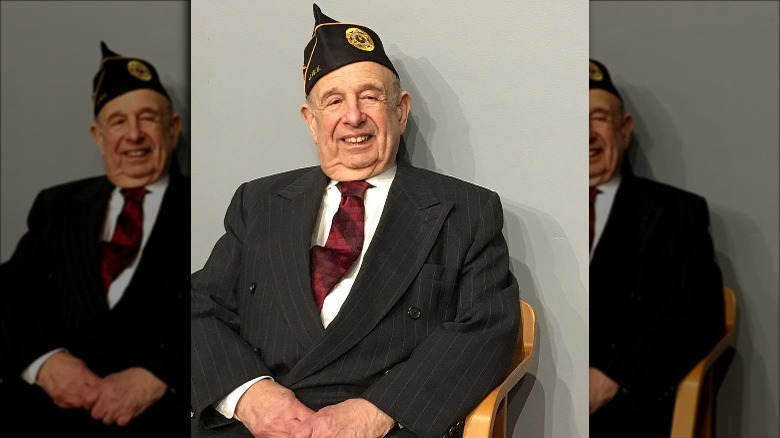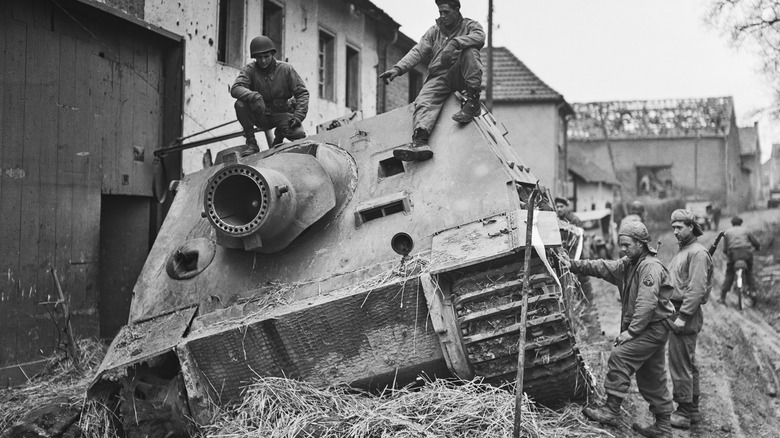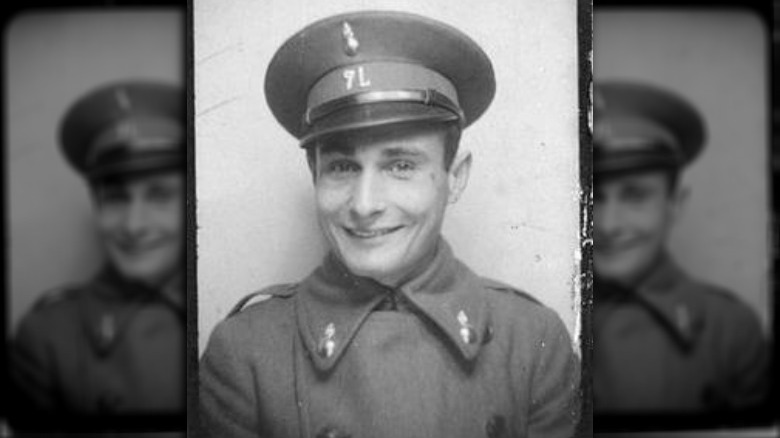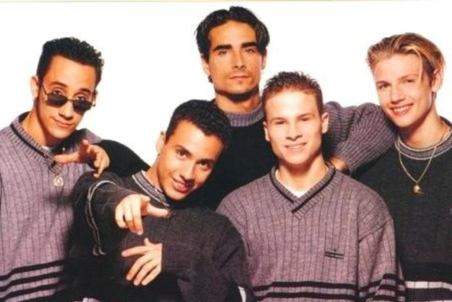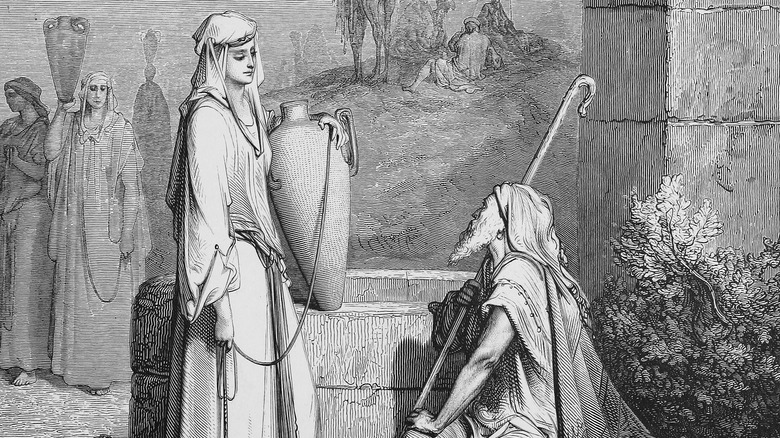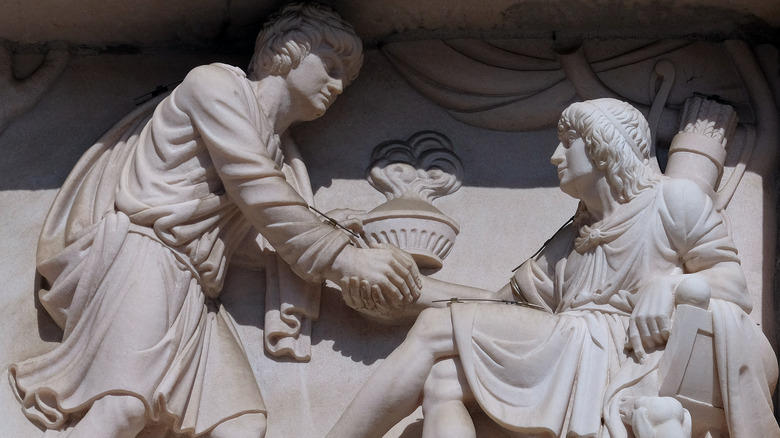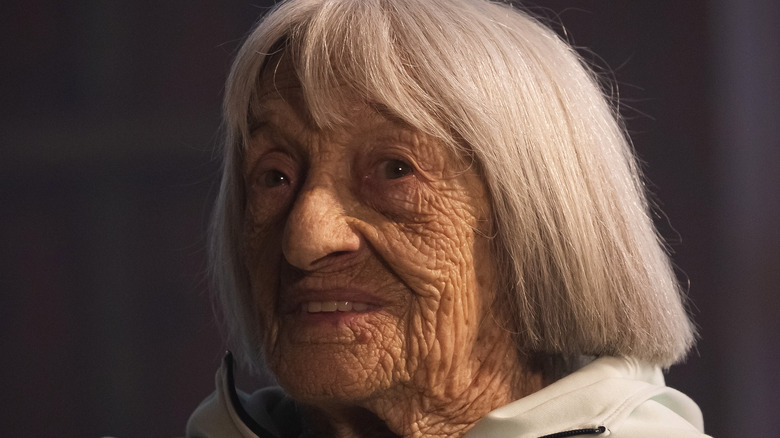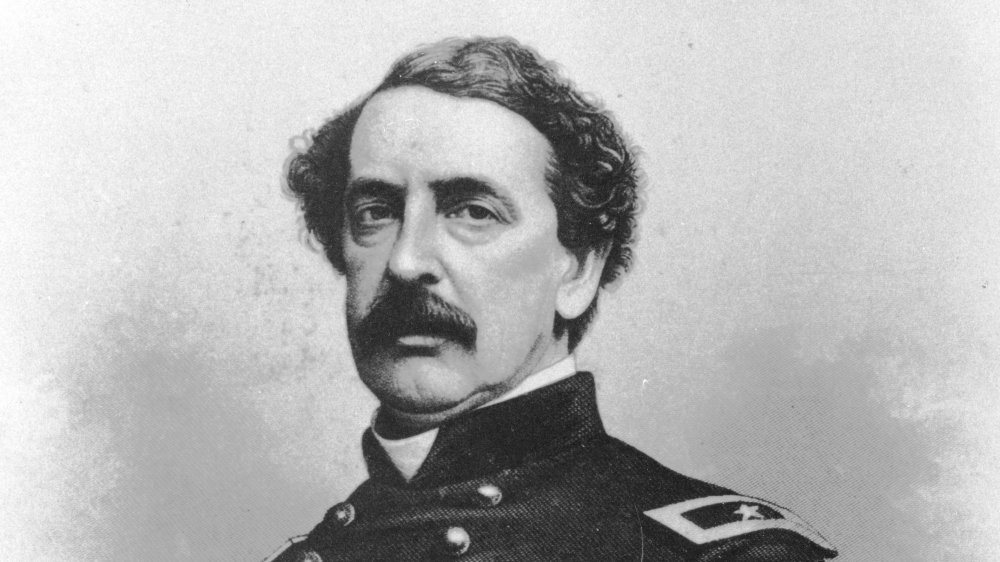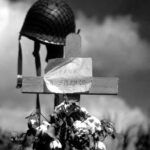
Lesser Known Heroes Of World War II
When World War II is taught in schools and colleges, there are some names that pop up a lot. These include leaders like Franklin D. Roosevelt and Winston Churchill, and generals such George S. Patton. But those are just a few names among millions.
An almost unthinkable number of people were involved in World War II. In fact, there are so many that the death toll is usually given in estimates: History says that between 45 and 60 million people died in the conflict, a number that includes the estimated 6 million Jews executed in the Nazi’s extensive network of concentration camps.
Britannica estimates that around 70 million soldiers took part in the conflict — that’s a lot of names. It’s also a lot of very quiet heroism and a lot of acts carried out by men facing some of the most horrific situations and scenarios imaginable. These men did what they had to do to get through and saved the lives of fellow soldiers and civilians along the way.
So, let’s talk about some names that you may not have heard before, but who are all attached to incredible stories that should not be forgotten.
The man who liberated an entire village single-handedly
Léo Major was a 19-year-old farmer from Quebec who joined up to fight for the British. According to the New York Times, his military career got off to a shaky start. He trained as a sniper, but lost sight in one eye to a grenade just after D-Day. Then, he broke three vertebrae, an arm, and both ankles in a landmine incident. Insisting he still had the one good eye he needed to shoot, he headed back to the front.
That took him to the Dutch town of Zwolle, and on April 13, 1945, he and fellow soldier Willie Arsenault were sent into the town of 50,000 on a reconnaissance mission. Arsenault was killed, and after killing those responsible for his comrade’s death, Major warned the Germans they needed to evacuate ahead of the arrival of a massive contingent of Allied soldiers. He left, then ran back into town, firing his gun and throwing all the grenades that he could. He also stumbled on the town’s Gestapo headquarters and set it on fire. The Germans, believing they were under a major attack, decided the best course of action was to flee.
Today, there’s still a street named after Major in Zwolle (via CBC), and his story is taught to local students. When Major died in 2008, Dutch nationals traveled to Canada for his funeral. Mayor Jan Meijer described him as “a symbol of our freedom.”
Rescuing the condemned of the Bataan Death March
After American forces suffered one of their largest military defeats at the Battle of Bataan in the Philippines, victorious Japanese forces marched their prisoners to a POW camp, where they were subjected to unspeakable tortures. The journey is known as the Bataan Death March, and between 10,000 and 20,000 people died along the way.
That’s where Lt. Col. Henry Mucci comes in. A survivor of Pearl Harbor, he led the 6th Ranger Battalion. PBS reports that one of the men he trained, John Richardson, described the experience as intense, saying “I thought he was going to kill us.”
But it’s a good thing that Mucci was hard, because the unit was tasked with rescuing the 511 prisoners who had survived the death march and were imprisoned at a camp near Cabanatuan. According to the New York Times, Mucci and his men made their way through 30 miles of Japanese-held territory, crawling over or past more than 2,500 shallow graves, into one of the most terrifying places: a Japanese POW camp.
They rescued all 511 men, mostly Americans soldiers who had been prisoners for around three years. Mucci became a hero in his home town of Bridgeport, Connecticut, and for many years lived in Singapore before retiring to Florida. He died in 1997, aged 88.
The Pied Piper of Saipan
In June 1944, Guy Gabaldon was a Marine private who found himself in the middle of the battle for Saipan. According to the New York Times, during the conflict thousands of Japanese soldiers staged suicide charges against American lines and civilians chose suicide over surrender to the U.S. But Private Gabaldon set out on missions that resulted in him bringing back both Japanese soldiers and civilians alive. He later wrote, “I must have seen too many John Wayne movies, because what I was doing was suicidal.”
Gabaldon grew up in Los Angeles, and thanks to a friendship with a Japanese-American family, he’d picked up some Japanese language skills. He put them to use in the battle for Saipan, a part of the Mariana Islands. Often under the cover of darkness, he headed off alone into enemy territory, where he convinced the Japanese to surrender.
Promising them that they would be well-treated as POWs, the 18-year-old Gabaldon (right, pictured with some of the people who surrendered) convinced more than 1,000 Japanese soldiers and civilians to follow him back to camp and surrender, including 800 on one July 1944 day. This earned him the nickname the Pied Piper of Saipan.
Gabaldon was wounded and evacuated in 1945, and, according to NBC, there was a push to see him awarded a posthumous Medal of Honor after his death in 2006. A documentary about him, “East L.A. Marine,” asks whether he had been denied one because of his Hispanic heritage and his opposition to America’s Japanese internment camps.
The mastermind behind a daring rescue
George Vujnovich’s parents were from Serbia, and that cultural heritage would prove lifesaving for around 500 Allied airmen.
In 1944, Vujnovich was an Army officer serving in the Office of Strategic Services, the forerunner of the Central Intelligence Agency. He led a mission to rescue around 500 Allied airmen who were being hidden by civilians in Yugoslavia’s Serbian region. Most had parachuted into unfriendly territory after their aircrafts were hit while on bombing missions targeting oil refineries that supplied the Germans.
The solution Vujnovich orchestrated was Operation Halyard. Vujnovich taught three men to dress and act like Serbian locals, and this small team headed into Serbia, where they passed as locals and helped villagers and stranded airmen to carve a landing strip for rescue planes in the mountains. A series of daring night flights — and even more terrifying night landings — led to the successful evacuation of 512 Allied airmen without casualty.
According to the New York Times, the rescue mission was classified for years, and Vujnovich’s war efforts remained secret. But the people he rescued never forgot, and B-24 navigator Tony Orsini, who was among the 512 saved, said years later, “He was a genius in the way he put the plan together. He was a hero.” Vujnovich died in 2012, aged 96.
The Count of Auschwitz
Charles Coward was a British soldier who was captured and sent to a POW camp in 1940. According to English Heritage, three years later he was moved to the E715 labor camp, a part of the infamous Auschwitz complex. There, in part because of his ability to speak German, he worked as a Red Cross liaison officer and was allowed some free movement within the camp.
As the British POWs had access to Red Cross items, Coward and other prisoners set aside food and medicine, which they smuggled to the Jewish section of the camp. He also helped around 400 people escape Auschwitz by providing Jewish prisoners with the clothes and identity documents of non-Jewish prisoners who had died and smuggling them out of the camps.
Coward was a first-hand witness to horrible things, but his position allowed him to send letters as he pleased. He started writing to Mr. William Orange, telling him of the details. According to War History Online, that name was a top-secret way of addressing a letter to the British War Office. In addition to getting this information out to the Allies, he also testified at the Nuremberg trials. Charles Coward died in 1976.
The man who put a stop to a Nazi atomic bomb
In 1942, the Norsk Hydro plant in Norway had been making heavy water for the agricultural industry for about eight years, and the Allies knew that the plant had been taken over by Nazis planning to make use of the heavy water in Germany’s atomic weapons program.
A British commando team had been lost on a mission to sabotage the plant, but Norwegian volunteers were prepared to help. After training, a team of 10 Norwegians led by 23-year-old Joachim Ronneberg (left) parachuted into the area. They were delayed by blizzards but skied at night, rested during the day, and reached the plant on February 27, 1943. According to the New York Times, Ronneberg later admitted, “There was no plan. We were just hoping for the best.”
Luck was on their side. They crossed an ice bridge over a river to get to the plant, snuck in, set explosives, and activated a 30-second timer. They then made a mad dash away from the exploding plant before embarking on a 280-mile journey to the safety of the Swedish border, all with 2,800 German soldiers hot on their trail.
The plant was destroyed, and it took the Germans four months to rebuild and repair the damage, only for Allied bombers to finish the job completely soon after. Hitler attempted to move the entire operation to Germany, but another attack by resistance fighters ended the possibility of a Nazi atomic bomb once and for all. Ronneberg went on to lead a number of other sabotage missions, was highly decorated for his service, and died in 2018 at the age of 99.
The Nazi administrator who saved Denmark's Jewish community
According to the Los Angeles Times, Denmark was seen as an important part of Aryan culture and was a strategically located nation, so when the Danes insisted the Nazis back off their Jewish community, they did. At least, at first.
In 1943, Georg Ferdinand Duckwitz (center left) was a consular official working in Copenhagen for the Nazis. Hitler started to get a little cross with Danish leadership, which wasn’t falling in line as he’d hoped. According to the New York Times, Hitler ordered the previously untouched Jewish community to be rounded up and sent to the concentration camps.
Duckwitz intervened, warning everyone who would listen about what was going to happen. Danish and Jewish leaders and citizens mobilized quickly, and kicked off an effort that involved millions. Not only did 99% of Denmark’s Jewish community survive, but when they returned, they found their homes and possessions waiting for them. Many even found that their pets had been cared for.
It’s estimated that Duckwitz’s warning saved around 5,000 lives. He remained in the foreign service after the war, before retiring in 1971. He died in 1973 at the age of 68.
The most decorated infantryman you've never heard of
It would be hard to document the actions of Lt. Col. Matt Urban in full without writing a book or perhaps making a Netflix series. According to the Los Angeles Times, he has been called the most combat-decorated soldier in American history. His list of honors include seven Purple Hearts, the Medal of Honor, the Croix de Guerre from France, and 29 medals for bravery.
There’s a ton to unpack here, so we’ll start with the fact that the Buffalo, New York, native joined up in 1941, and went on to serve in seven campaigns during World War II. War History Online says that he was wounded for much of the time, because he was absolutely the sort of commander who led his men up hills and directly charged German soldiers who were dug in and firing all kinds of weapons. That’s exactly how he got shot in the throat in Belgium. Even after that incident, he stayed on the front lines until the Allies secured a crossing at the Meuse River, and only then left the fight.
Due to some misfiled paperwork, he didn’t receive the Medal of Honor until 1979, but when he did, there was no question it was completely deserved. Urban died in 1995, after suffering a collapsed lung.
The teenager executed for telling the truth
The Nazis knew exactly how important propaganda was, and in order to help make the spread of their doctrine easier, they created the Volksempfänger — the people’s radio. Just like the Volkswagen was the people’s car, this radio was designed to be cheap enough that everyone could own one. Unfortunately for the Nazis, it also allowed citizens to pick up international radio.
Listening to international broadcasts was a crime (via JSTOR), but that didn’t stop 16-year-old Helmuth Hubener (center) from tuning in to the BBC in 1941. History says that he was shocked by what he heard — it absolutely wasn’t the same story that Germans were being told on national channels — and decided he was going to do something about it.
Hubener had already quit the Hitler Youth after the horrors that unfolded on Kristallnacht. Now, he started writing down what he heard on the international news broadcasts and distributed his pamphlets across the city of Hamburg. He kept it up for months until he was turned over to the People’s Court by a coworker, and once he was dragged into court, he continued to speak about the lies they were being told. He was convicted of high treason, and beheaded on October 27, 1942. He was 17 years old.
The man who kept London from flooding
In 1940, the war came to Britain. The BBC explains that the Blitz started on September 7, 1940, and that London was subjected to a stretch of bombings that hit every night for 57 days. But in addition to the bombs, the capital city had another massive problem: the River Thames.
The Thames runs right through the center of London, and there has long been a whole series of flood defenses in force to avoid its waters disrupting the city. Luftwaffe bombs damaged those defenses, threatening the already-ailing city with devastating flooding. Fortunately, Londoners had Sir Thomas Peirson Frank on their side.
Frank was a civil engineer who oversaw the river’s flood defenses and the organization of four rapid-response teams positioned at outposts along the river. Outposts were manned 24/7, and at any place there was an attack on the walls along the Thames, teams were dispatched to fix it. According to Thames Discovery, the river wall sustained bombing damage in 121 separate incidents between 1940 and 1945, and in each case, Frank’s teams were able to reinforce the wall before the river could burst through and flood the city.
The Tidal Thames reports that the repairs were considered top secret work for a few reasons. Not only did the government not want Londoners to know how dangerous — and likely — potential floods were, but they also didn’t want to draw the Luftwaffe’s attention to these potential weak spots.
France's smallest resistance fighter
Sometimes, greatness comes in small packages. That’s definitely the case with little Marcel Pinte, who had his name inscribed on Aixe-sur-Vienne’s war memorial during France’s 2020 Armistice Day celebrations.
Pinte was born into a family of resistance fighters. His family’s farmhouse was a location for Allied air drops in support of the French resistance, and the family also received coded messages from Britain that they passed along to other members of the resistance. That’s where little Pinte came in. Nicknamed Quinquin, the child acted as a courier. His small size allowed him to dart behind enemy lines, carrying messages tucked into his clothes.
Unfortunately, this story doesn’t have a happy ending. On August 19, 1944, resistance soldiers parachuted into the area. When one of their machine guns accidentally fired, Pinte was caught in the line of fire. He died, aged just 6. After his death, the next round of supplies dropped at his family’s farmhouse came with black parachutes — a nod to one of the war’s littlest fallen heroes. He was given a posthumous promotion to sergeant in 1950, and an official recognition from the National Office of Former Combatants and War Victims in 2013 (via the Guardian).
The swimmer with superhuman strength, endurance, and courage
The ocean is a terrifying place, but Charles Jackson French took one look at the wide expanse of the Pacific and decided it wasn’t going to take his life or the lives of his fellow soldiers.
According to the International Swimming Hall of Fame, on September 5, 1942, the USS Gregory was attacked and sunk in the Pacific. French, a mess attendant from Arkansas, made it to a life raft with a number of others, but with Japanese forces still nearby, they knew it was just a matter of time before the life raft was sunk or they were taken prisoner.
French was having none of that. He tied a rope around his waist and dove into the shark-infested water. For the next eight hours, he swam, and swam, and swam some more, pulling the raft until they were finally picked up by a friendly landing craft.
But there was no happy ending for French. When he was interviewed much later, his testimony dissolved into tears. While he was featured on a War Gum trading card and traveled the country promoting War Bonds, he ended up succumbing to alcoholism to handle the horrible things he’d seen. The Miami Herald reports that he died in 1956, aged just 37. In 2021, veterans groups began lobbying for him to get the recognition and honors he deserved for saving 15 men.
The Dutch teacher who risked everything for his students
Some of the children of Amsterdam had a guardian angel looking out for them, and his name was Johan van Hulst.
In 1943, van Hulst was the principal of a teacher’s college located next to a daycare. The children at the daycare had already been separated from their Jewish parents by the Nazis, and van Hulst knew he had to do all he could to keep them from being sent to concentration camps. He made a simple but risky plan: children were passed over a hedge and hidden in the college, before being handed over to the resistance and sent to safety.
Somewhere around 600 children were set free by van Hulst and his network of students, teachers, and daycare workers, who not only spirited the children to safety, but made sure their names disappeared from lists and rosters. Then, in September 1943, they got word that the daycare was closing, and van Hulst was faced with a terrible realization.
According to the New York Times, he said, “You realize that you cannot possibly take all the children with you. You know for a fact that the children you leave behind are going to die. I took 12 with me. Later on, I asked myself, ‘Why not 13?’ … All I really think about is the things I couldn’t do — the few thousand children I wasn’t able to save.” Van Hulst died in 2018, aged 107.
The mime and his cousin
Even if you don’t know many old-timey performers, you might be familiar with Marcel Marceau (left). The famous French entertainer is best known for his mime skills. During World War II, Marceau and his cousin Georges Loinger (right) were responsible for keeping hundreds of Jewish children safe, and Marceau used his mime skills to help turn it into a game for the littlest ones.
The Washington Post explains that Loinger was a Jewish teacher who oversaw a network of French country homes where Jewish children were sent in the hopes of keeping them safe. As Loinger oversaw their continued education, he put a focus on exercise and used other techniques to help prepare the children for a flight across the countryside and into Sweden.
With the help of his cousin, Loinger prepped even the smallest children through play and mime. According to History, Loinger said, “The kids had to appear like they were simply going on vacation to a home near the Swiss border, and Marcel really put them at ease.” It’s not clear how many children Loinger saved, but it’s thought to be well into the hundreds. Marceau also forged identity documents to make Jews look younger so they’d be allowed to flee Nazi deportation.
Marceau died in 2007, aged 84, and Loinger was 108 when he died in 2018.
The Nazi who tried to stop things from inside
The United States Holocaust Museum says after several attempts at taking part in anti-Nazi activities — and being arrested for it — Kurt Gerstein decided that the only way to change things was from the inside.
Gerstein (who correctly suspected that his sister-in-law had been one of the victims of the Nazi’s euthanasia programs) decided he was going to first become above suspicion. That meant joining the SS, and by 1943, he was SS First Lieutenant in the Hygiene Institute. There, he wrote extensively on what he saw, including first-hand accounts of the gas chambers. He took a massive gamble with those writings, passing them on to a Swedish diplomat named Baron Göran von Otter. Gerstein asked von Otter to get the information to the Allies, in hopes of revealing just what was going on in Nazi Germany and gaining widespread support against Hitler. Von Otter made the report but Sweden buried the information.
Meanwhile, Gerstein was tasked with making the gas chambers more efficient. According to History, that gave him access to massive shipments of the deadly gas Zyklon B, which he regularly dumped, claiming that the containers were leaking or were contaminated.
At the end of the war, Gerstein surrendered to the French. He wrote a full report on all he’d seen in the camps, but instead of using him as a witness as he’d hoped, he was sent to a Paris prison as a suspected war criminal. There, in 1945, he hanged himself in his cell. In 1950, a court ruled that Gerstein was “not among the main criminals” but placed him among the “tainted.” In 1965, he was given a full pardon.
Guy Stern and the Ritchie boys
Guy Stern was one of about 1,400 children who were rescued from Nazi Germany by the Children’s Aid Project. The Jerusalem Post reports that he wrote, “I feel unending gratitude to a largely unrecognized group of American Jewish women who saw to it that Gunther Stern took a boat to a harbor in New Jersey rather than a cattle car to Auschwitz.”
Safe in the U.S., he wanted to do his part. Stern became one of the Ritchie Boys, a group made up largely of immigrants who were fluent in the languages spoken by the Axis powers that interrogated captured enemy troops and conducted covert operations. The Ritchie Boys were trained at Maryland’s Camp Ritchie, where they were taught all about the art of interrogation.
According to HistoryNet, Stern’s first interrogation experience was at the front lines in Normandy, where he uncovered a wealth of information including details of the diseases spreading through the German army, how well defenses had been repaired, and whether or not the Germans had chemical weapons waiting in the wings.
He was also one of the lead interrogators for Dr. Gustav Wilhelm Schuebbe, who, Time reports, personally murdered 21,000 people. Stern helped uncover the story of how Schuebbe headed up the Nazi Annihilation Institute, where he oversaw the execution of as many as 140,000 people in just nine months. In 2021, the 99-year-old Stern appeared on “60 Minutes” to talk about his work during the war.
You want me to go find a what-now?
When it comes to the most formidable machines on the battlefields of World War II, the German Tiger tank (pictured) is at the top of the list. The heavily armored machine was nothing short of terrifying, and Churchill wanted to get his hands on one so the Allies could reverse engineer the thing and figure out how to best take them out. According to Forces War Records, he told Maj. Douglas Lidderdale, “I want you to bring me a Tiger tank. Park the bloody thing outside my front door. Do you understand?”
So, that’s exactly what Lidderdale did. In a daring mission that remained a secret until his son discovered his journals after his death, Lidderdale picked a team and headed to North Africa. It was 1942, and he and his men tried again and again to get a functional tank for the Allies. That didn’t happen until April 1943, when they ran up to a Tiger with a jammed turret, took out the crew at close quarters, and then proposed a toast.
The tank didn’t make it back to Britain until October, and Lidderdale and his men were chased by the Germans every step of the way. By December, the tank had been completely dismantled and the technology was recycled by the Allies. It was used as the basis of new technology that was used during the D-Day landings at Normandy.
The would-be spy who didn't take no for an answer
After the Allies turned down Juan Pujol Garcia’s offer to spy for them, he went to the Nazis, offered to spy for them, and turned into a double agent who the Allies didn’t even know was working for them.
According to History, Spanish veteran Pujol started feeding Nazi Germany a ton of fake news, and NPR says that he managed to convince the Germans that he was in London spying for them when he was really in Lisbon and didn’t even speak English. He was so good that even the British were sent into a panic about the mole they thought they had in London. Pujol built up some serious credibility with Germany, and once the Allies realized how good he was at making stuff up, they brought him on board as Agent Garbo.
Garbo’s biggest score came with the creation of a massive British army called FUSAG. He told Germany that FUSAG was the real deal and that they were going to be hitting the Nazis hard. Normandy was just a decoy, he claimed, and the real thing was going to go down at Calais. The Nazis believed him.
After the war, Pujol decided the safest thing for him to do was to fake his own death. It wasn’t until the 1980s that historians realized that he had been alive the whole time. He actually died in 1988. Or so the story goes, at least.

How Margaret Thatcher Barely Escaped An Assassination Attempt

The Time Mount Rushmore Had A Baseball Team
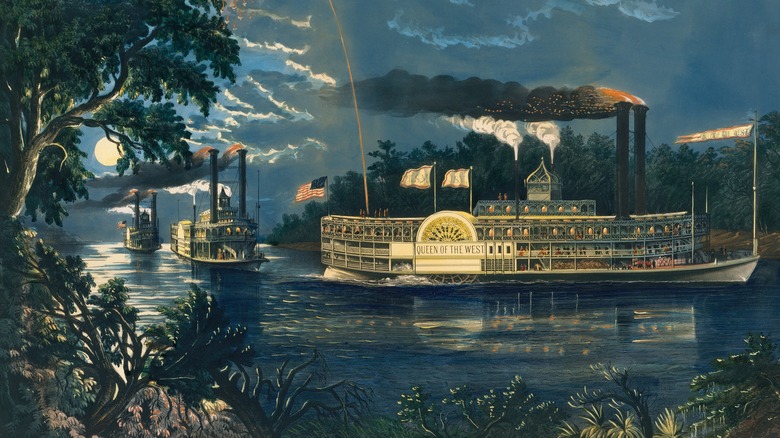
The Truth Of The Floating Freedom School
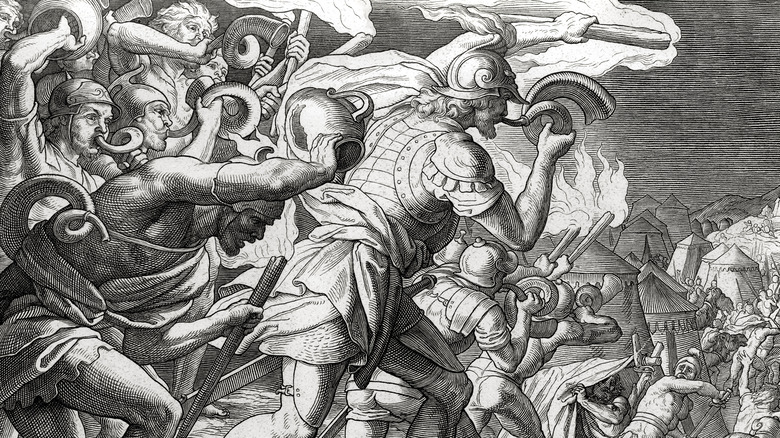
Who Was Gideon From The Bible?

Venezuela's Mysterious La Mancha Negra Is Still Unexplained

What We Know About The Fire Department Chaplain Who Was Among The First To Die On 9/11
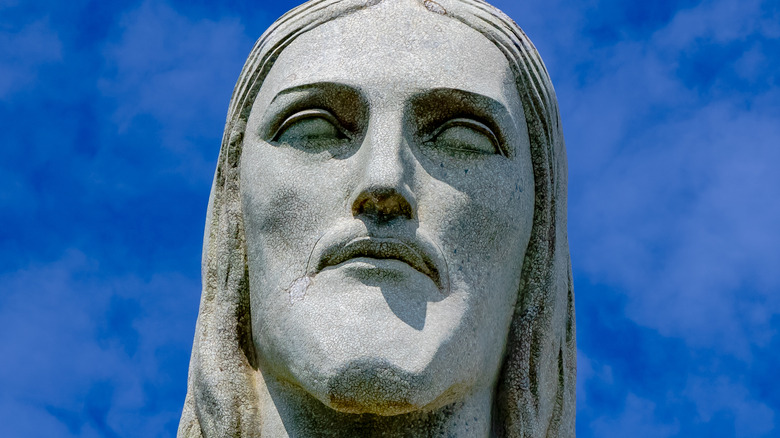
The History Behind The Christ The Redeemer Monument
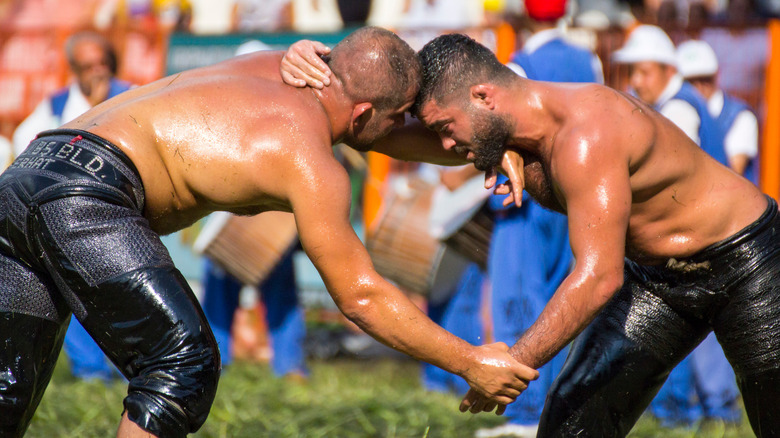
The Weird History Of Oil Wrestling

John Lennon FBI Files Explained
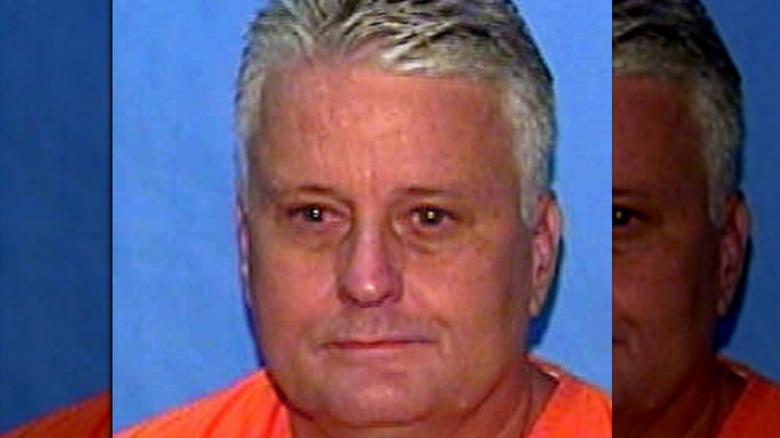
The Truth About Serial Killer Bobby Joe Long's Death
